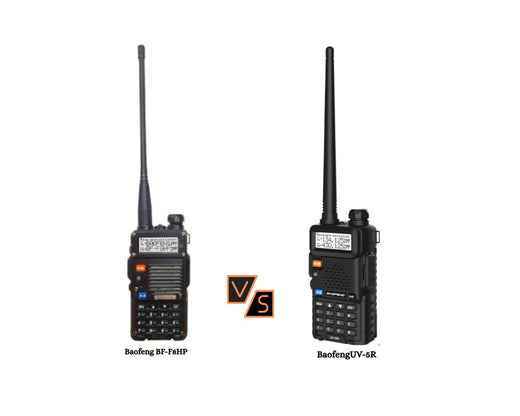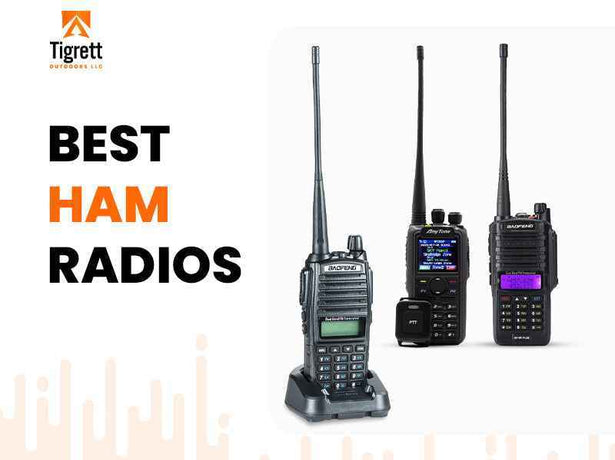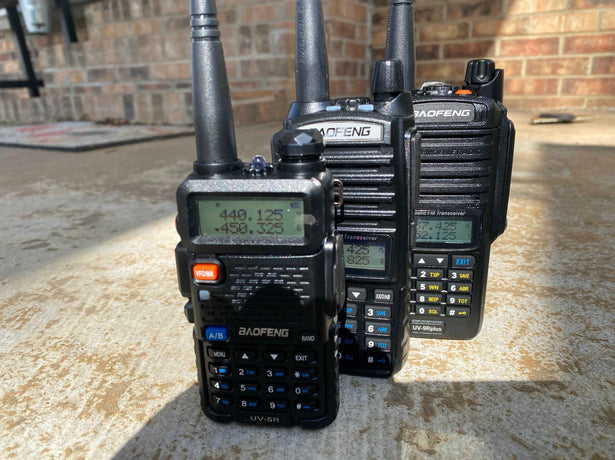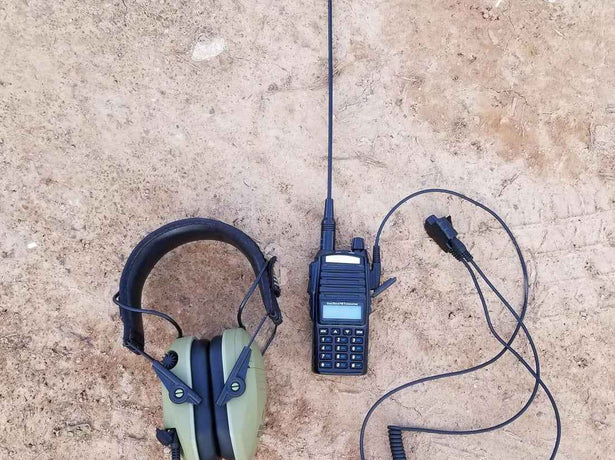The difference in narrowband vs wideband lies in the amount of bandwidth they use. Narrowband systems operate on frequencies less than 25 kHz. This allows signals to travel long distances with little interference, making them ideal for applications where low power and long-range communication are needed.
Wideband systems, on the other hand, use a much larger frequency range, typically 1 MHz or more. This enables them to transmit data at higher speeds, which is important for things like broadband internet and high-definition video streaming.
According to research from the IEEE Communications Society, narrowband is best suited for applications that need low data rates, long-range coverage and minimal power consumption. Wideband systems are designed for high-speed communication, including real-time video calls, online gaming and fast internet browsing.
Choosing between narrowband and wideband depends on what is needed. If the goal is to communicate over long distances with little interference, narrowband is the better choice. If fast data transmission is more important, wideband is the right option.
What is Narrow Band?
Narrowband communication transmits signals using a small frequency range, typically less than 25 kHz. This allows for long-distance communication with minimal interference and makes it suitable for usages where strong, reliable connections are needed over vast areas.
Narrowband is commonly used in ham radios, walkie-talkies, and IoT devices that require low power consumption. According to research from Stanford University's Department of Electrical Engineering, narrowband systems are more energy-efficient and provide clearer signals even in environments with high signal congestion.
This technology is essential in various industries. It is used in AM and FM radio, public safety communication (police and firefighter radios), and low-power smart communication protocols like LoRa and NB-IoT.
While narrowband does not support high data rates, its ability to maintain strong, long-range signals with minimal power makes it a critical technology for reliable, uninterrupted communication.
What is Wide Band?
Wideband in radio communication is a technology that uses a large frequency range, usually 1 MHz or more, to send data quickly. This makes it much faster than narrowband systems.
Wideband allows high-speed internet, video streaming, and real-time communication by transmitting data at higher speeds. It can handle multiple data streams at once, which increases efficiency and reduces delays.
This technology is widely used in Wi-Fi, 4G LTE, and 5G networks, helping to improve internet speed and support large amounts of data transfer. Research from MIT’s Wireless Center shows that wideband technology makes networks up to 70% more efficient compared to older communication methods. It plays an important role in many modern applications.
Wideband is essential in modern wireless applications:
- Smart Cities: Supports traffic management, security cameras, and public Wi-Fi.
- Autonomous Vehicles: Enables self-driving cars to process real-time sensor data.
- Satellite Communication: Improves GPS accuracy, weather tracking, and global connectivity.
- Emergency Services: Provides reliable high-speed communication for disaster response teams
As demand for faster internet, streaming, and real-time data processing grows, wideband technology continues to evolve.
Key Differences: Narrow Band vs Wide Band
Narrow Band and Wide Band are two types of communication technologies, and they have some important differences. Narrow Band works with a small frequency range, usually less than 25 kHz.
Because of this, it sends data more slowly, but it can reach longer distances and use less power. This makes it useful for devices that don’t need to send large amounts of data, like GPS trackers, smart meters, and emergency communication systems.
On the other hand, Wide Band uses a much bigger frequency range, more than 25 kHz. This allows it to send data at high speeds, making it perfect for things like Wi-Fi, 4G, 5G, online gaming, and video streaming.
However, because it works so fast, it also consumes a lot more power, which is why smartphones and broadband routers need frequent charging or a constant power supply.
Another big difference is how these technologies handle interference. Narrow Band is much better at avoiding interference, which is why it’s used in important communication systems where reliability matters.
Wide Band, however, can be more affected by interference, but it makes up for it with special error correction technology that helps keep data accurate and reliable.
The choice between these two depends on what’s needed. If the goal is to send small amounts of data over long distances while using very little power, Narrow Band is the better option. If the priority is high-speed data for things like video calls, streaming, and gaming, Wide Band is the right choice.
Where Narrow Band and Wide Band Are Used
Narrow Band and Wide Band are used in different ways because they handle data differently. Narrow Band works best for sending small amounts of data over long distances, while Wide Band is needed for fast internet and high-speed communication.
Narrow Band Applications
Narrow Band is useful when devices need to stay connected over large areas without using much power. Walkie-talkies use Narrow Band because they send voice messages over long distances without needing fast internet.
Factories and power plants also use Narrow Band to control machines in faraway locations. For example, oil and gas companies use it to monitor pipelines in remote areas, making sure everything is running safely.
Emergency responders like police, firefighters, and paramedics rely on Narrow Band radios to talk to each other. In big disasters, cell phone networks can stop working, but Narrow Band radios stay connected.
Farmers also use Narrow Band for smart farming. Sensors in the soil track moisture levels, and GPS devices monitor animals over large fields, all without draining battery power too quickly.
Wide Band Applications
Wide Band is used for high-speed internet and big data. Wi-Fi, broadband, and 5G networks all depend on Wide Band to provide fast internet for streaming videos, playing online games, and making video calls. It’s the reason people can watch movies without buffering or join a video meeting without lag.
Wide Band is also important in satellites and airplanes. Pilots use it to send real-time flight data, and satellites use it for GPS and global internet access. In military and naval operations, Wide Band helps send large amounts of data securely and quickly.
In smart cities, Wide Band connects everything from self-driving cars to traffic lights. Cars need to communicate with each other and with road systems in real time to avoid accidents.
Smart meters in homes use Wide Band to track energy usage and help save electricity. Because Wide Band can handle a lot of data at once, it keeps cities, businesses, and homes connected at high speeds.
FAQ
Differences in narrowband vs wideband depend on bandwidth, data speed and application. Here are some common questions and answers to help you understand their uses and differences:
What is the disadvantage of narrow band?
Narrow Band has slow data transfer, making it unsuitable for video streaming or real-time applications. You can operate basic communication like voice transmission and IoT sensors but doesn't support broadband or high-speed internet.
What is the difference between narrow band and wide band AFR?
Narrow band imaging enhances contrast in astronomy, medical imaging, and microscopy. It reduces light pollution for better star and planet observation and improves visibility in medical scans like endoscopy for accurate diagnosis.
How do I choose the right bandwidth: narrow band or wide band?
Narrow band has long-range, stable communication with low power which makes it perfect for IoT devices, GPS trackers and emergency radios. Wide Band is better for high-speed data like Wi-Fi, 5G and video streaming.
What does narrow band do in wireless communication?
Narrow band transmits small amounts of data over long distances with low power consumption. It is commonly used in GPS trackers, smart meters, and emergency communication systems.
Should I use wide or narrow band for two-way radios?
Narrow band is better for long-range, interference-resistant communication. It’s used in police radios and marine VHF systems. Wide Band offers clearer audio and higher data capacity which is suitable for commercial walkie-talkies and broadcasting.
Is GMRS a narrow band or wide band?
GMRS operates in the UHF band (462-467 MHz) and uses both. It uses a Wide Band (25 kHz) for voice transmission and a Narrow Band (12.5 kHz) for some licensed operations due to FCC regulations.
What is the difference between narrow band and wide band FM signals?
Narrow Band FM (≤ 25 kHz) is used for two-way communication, such as in aviation and walkie-talkies. Wide Band FM (≥ 200 kHz) is used for FM radio stations and high-quality audio broadcasts. NBFM is preferred for clear voice communication, while WBFM is better for entertainment and music.
Final Words
Choosing between Narrow Band vs Wide Band depends on what you need. Narrow Band works best when sending small amounts of data over long distances while using very little power.
That’s why it’s used in emergency services, remote monitoring, and industrial systems. It keeps communication stable even in tough conditions and doesn’t drain batteries quickly.
Wide Band is all about speed. It’s used for things like 5G, Wi-Fi, video streaming, and real-time communication. It sends a lot of data very fast, but it needs more power and a stronger network, especially in cities where lots of people are online at the same time.
With improvements in 5G, AI, and new radio technology, devices will be able to switch between them to get the best balance of speed, distance, and power.







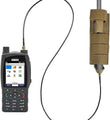

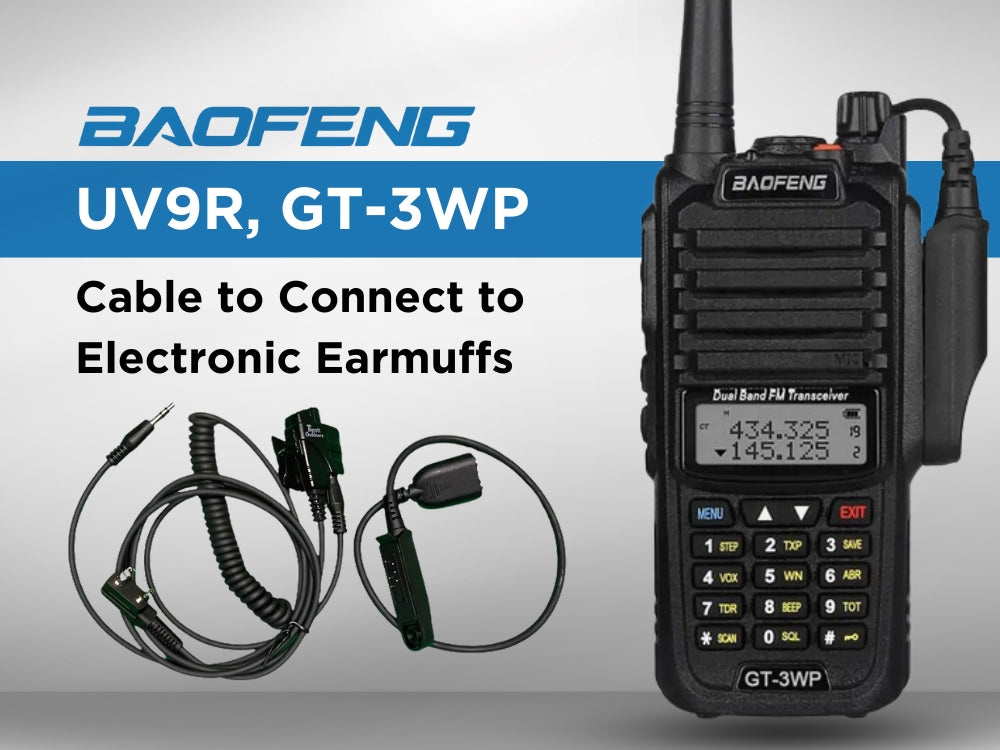
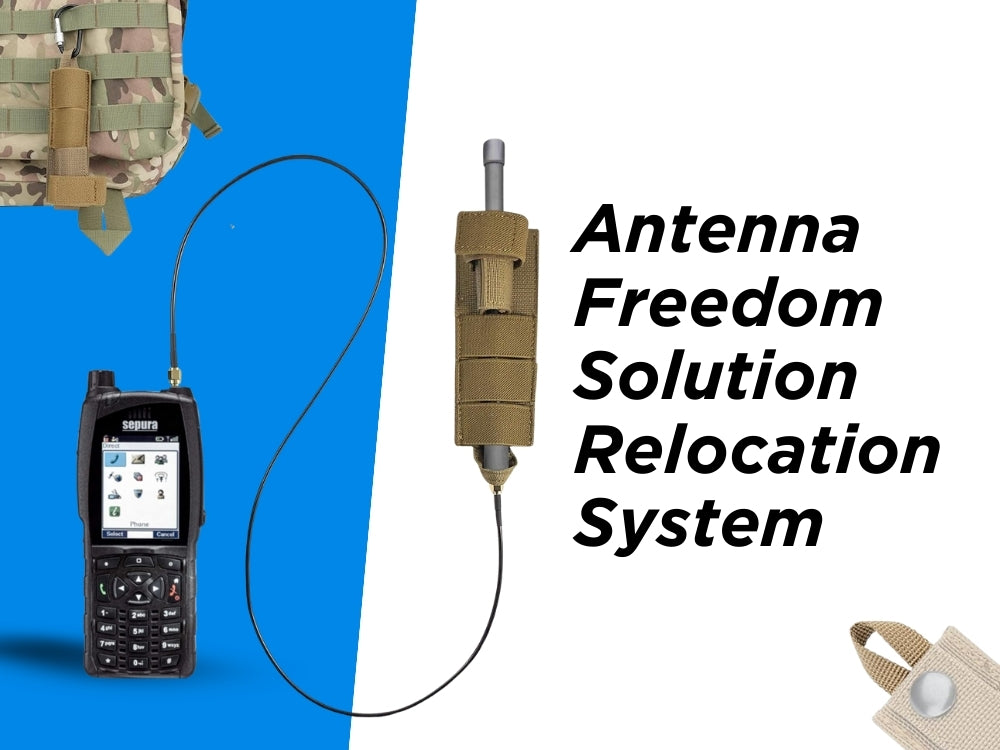
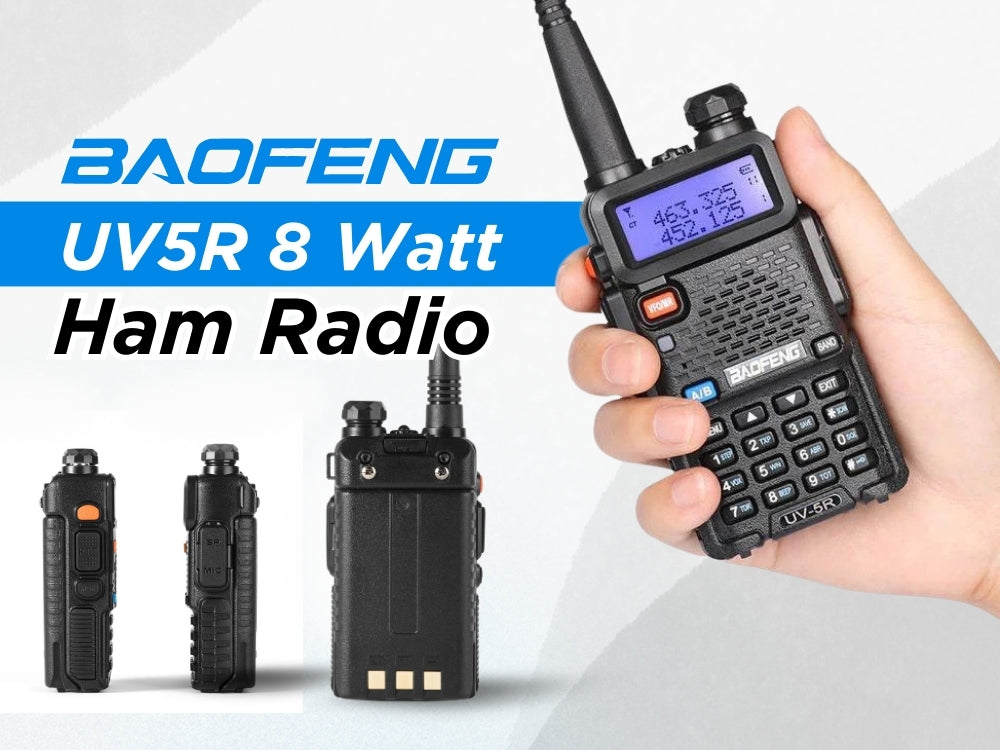

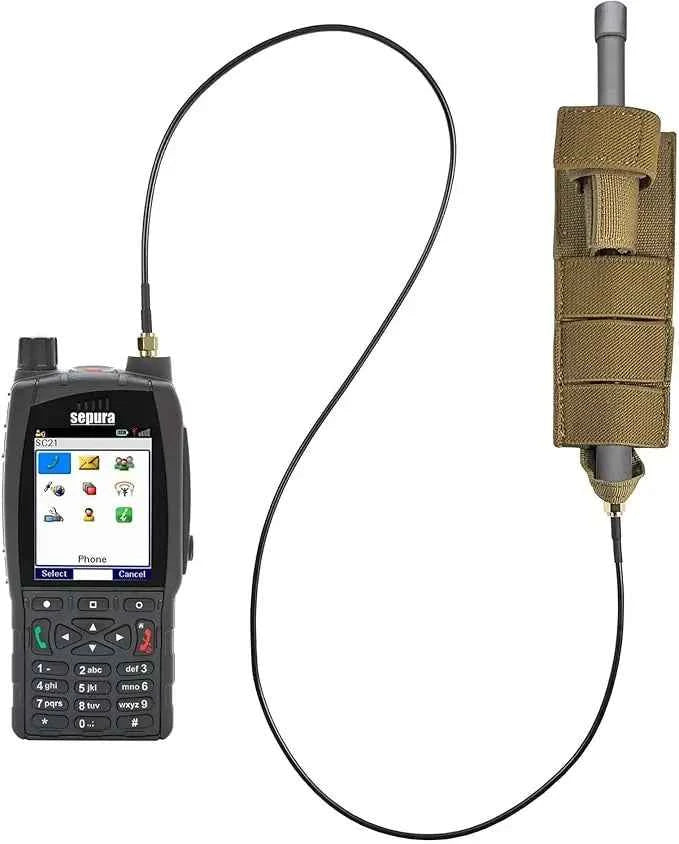





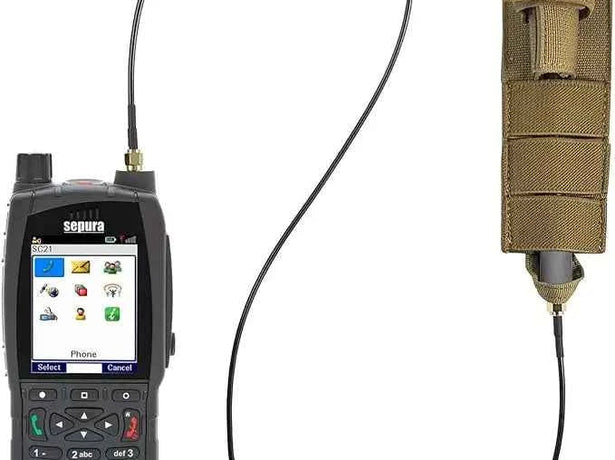


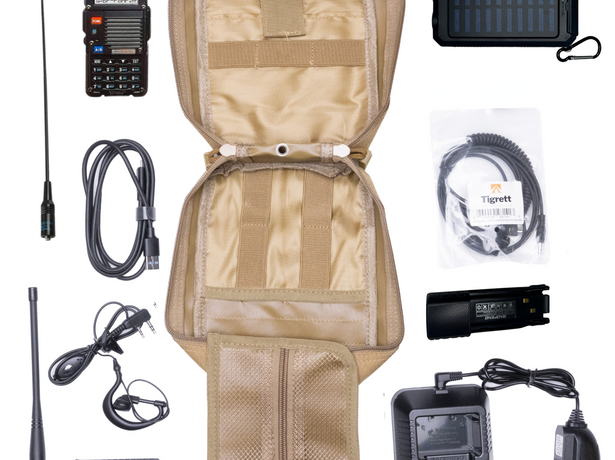

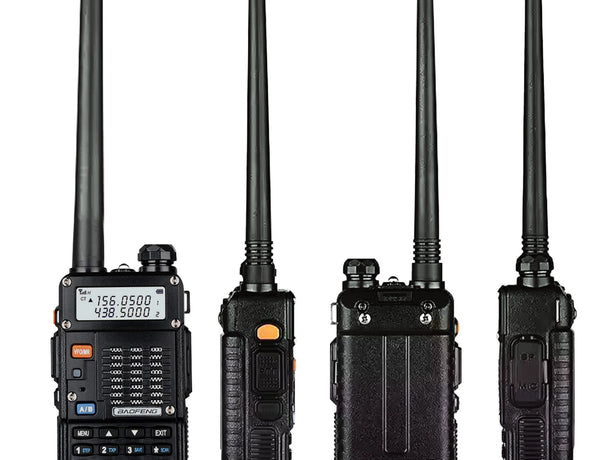



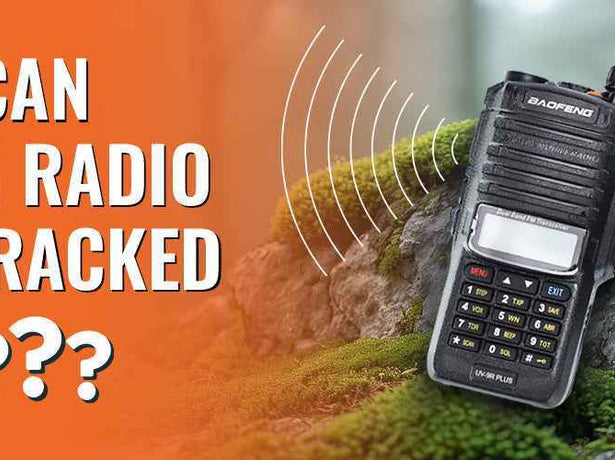


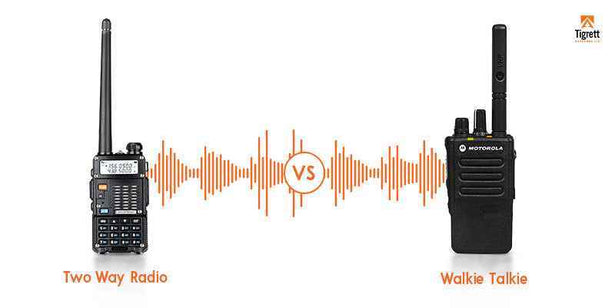
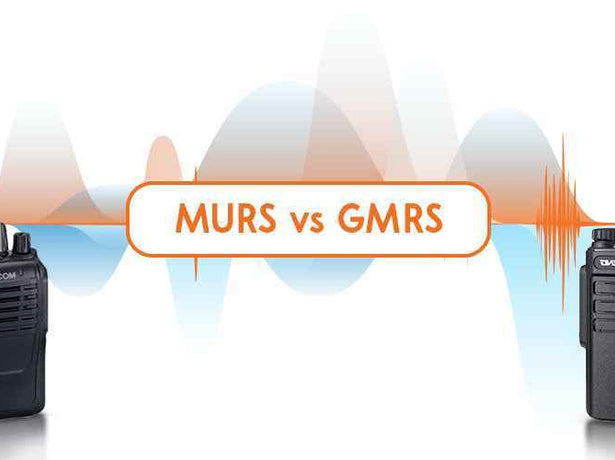
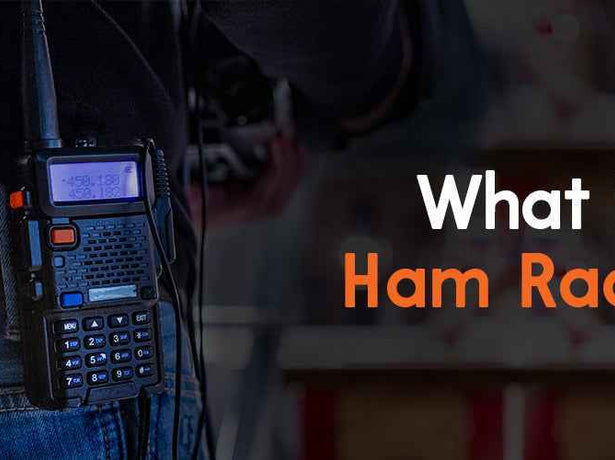
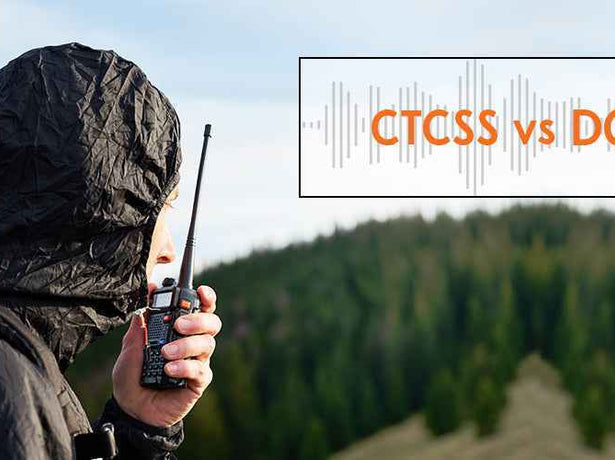
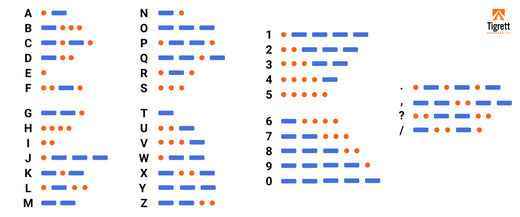
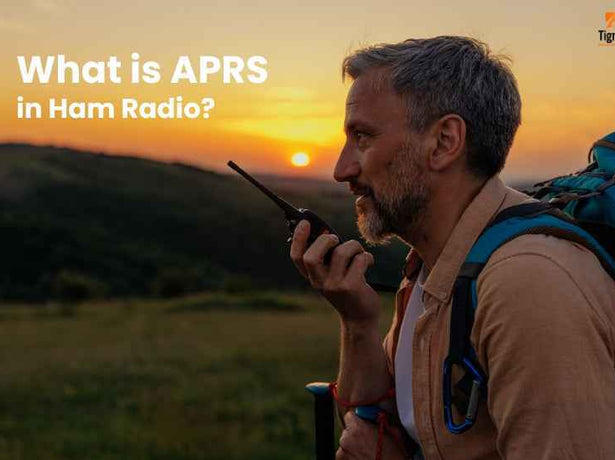
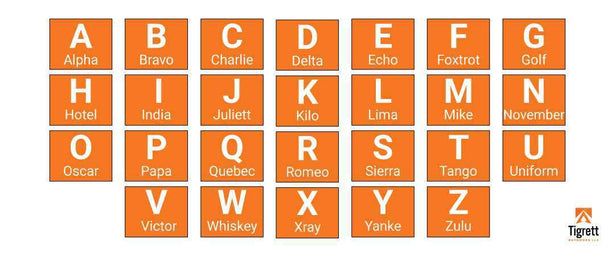
![What Does 73 Mean in Ham Radio? [Explained]](http://tigrettod.com/cdn/shop/articles/1741427464_615x460_crop_center.jpg?v=1741427465)

![How Much Does a Ham Radio Cost? [Everything Explained]](http://tigrettod.com/cdn/shop/articles/1741427457_615x460_crop_center.jpg?v=1741427458)

![How To Renew Ham Radio License? [Before the FCC Thinks You Vanished]](http://tigrettod.com/cdn/shop/articles/1741427449_615x460_crop_center.jpg?v=1741427450)

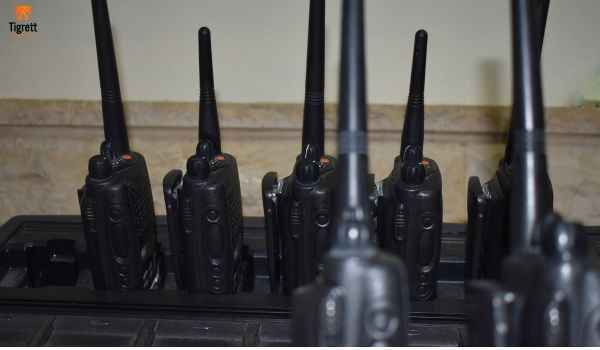

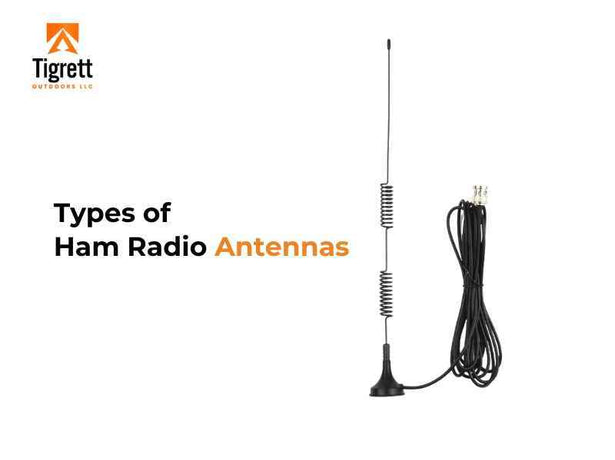
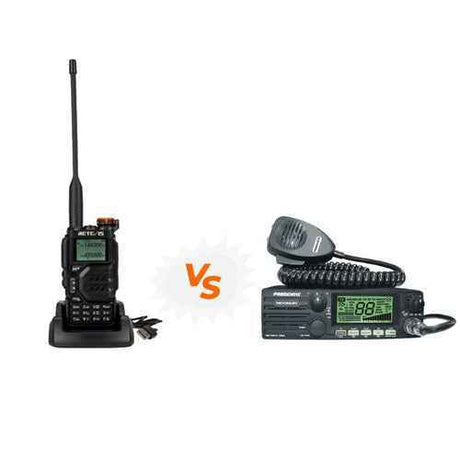
![Why the Height of a VHF Radio Antenna Is important? [Explained]](http://tigrettod.com/cdn/shop/articles/1741427428_615x460_crop_center.jpg?v=1741427429)
![How to Use Baofeng UV-5R as a Walkie Talkie? [Explained]](http://tigrettod.com/cdn/shop/articles/1741425757_615x460_crop_center.jpg?v=1741425758)
